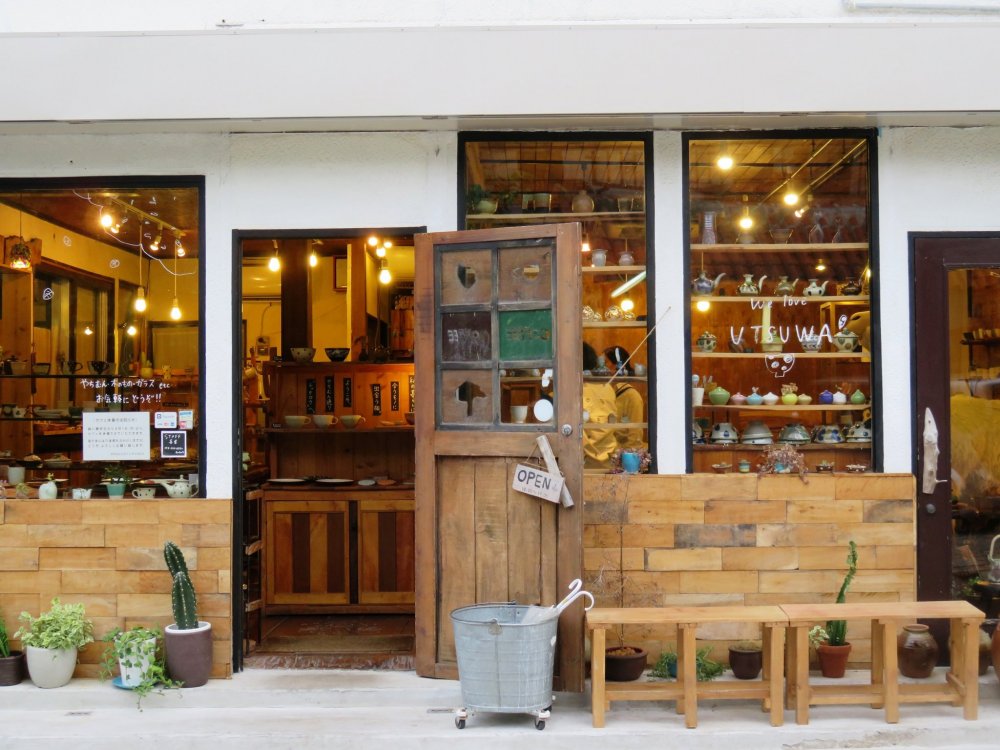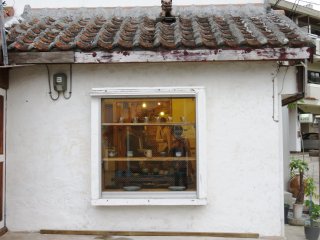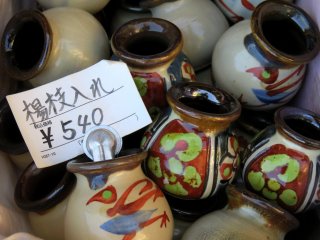Okinawa’s story is the story of baked goods. Not roast pork or pastries, but of ceramics, like the famous red roof tiles that grace the palaces and the everyman’s houses all throughout the archipelago.
Yachimun Street in Tsuboya is the go-to place for pottery, ever since the Ryukyu king gathered the very best potters from around the kingdom in 1682 in one place. In fact, the very word Yachimun means pottery in the local dialect. Tucked in between the hilltop castle at Shuri and the port in Naha, it has kept its historical charm, its intimate cobblestone streets allowing walkers from near and far to take in its charms, taking in both traditional and modern variants of Okinawa pottery.
The Mingei or folk art movement is strong here, with the younger generation taking on the reins in stores like Utsuwa, where pendants and other jewelry along with teapots vie for your attention. Further on, it is time for tea, Buku buku bubble tea that is. Originally served in the 16th century to welcome foreign envoys, it is a perfect way to end a day in the warmth of the Okinawan sun.
Getting there
Get off at Makishi Monorail station and walk west on Kokusai Street. Turn south on Tebusu Naha and head towards the Hyatt Regency Okinawa. From there take the limestone laneway and follow the winding lane, heading southeast. It is also a short stroll from the Taste of Okinawa cooking school, which features pottery from this area.
There is a public car park near the teahouse but it is down a narrow alley. It may be better to use public transport to get to the teahouse






































